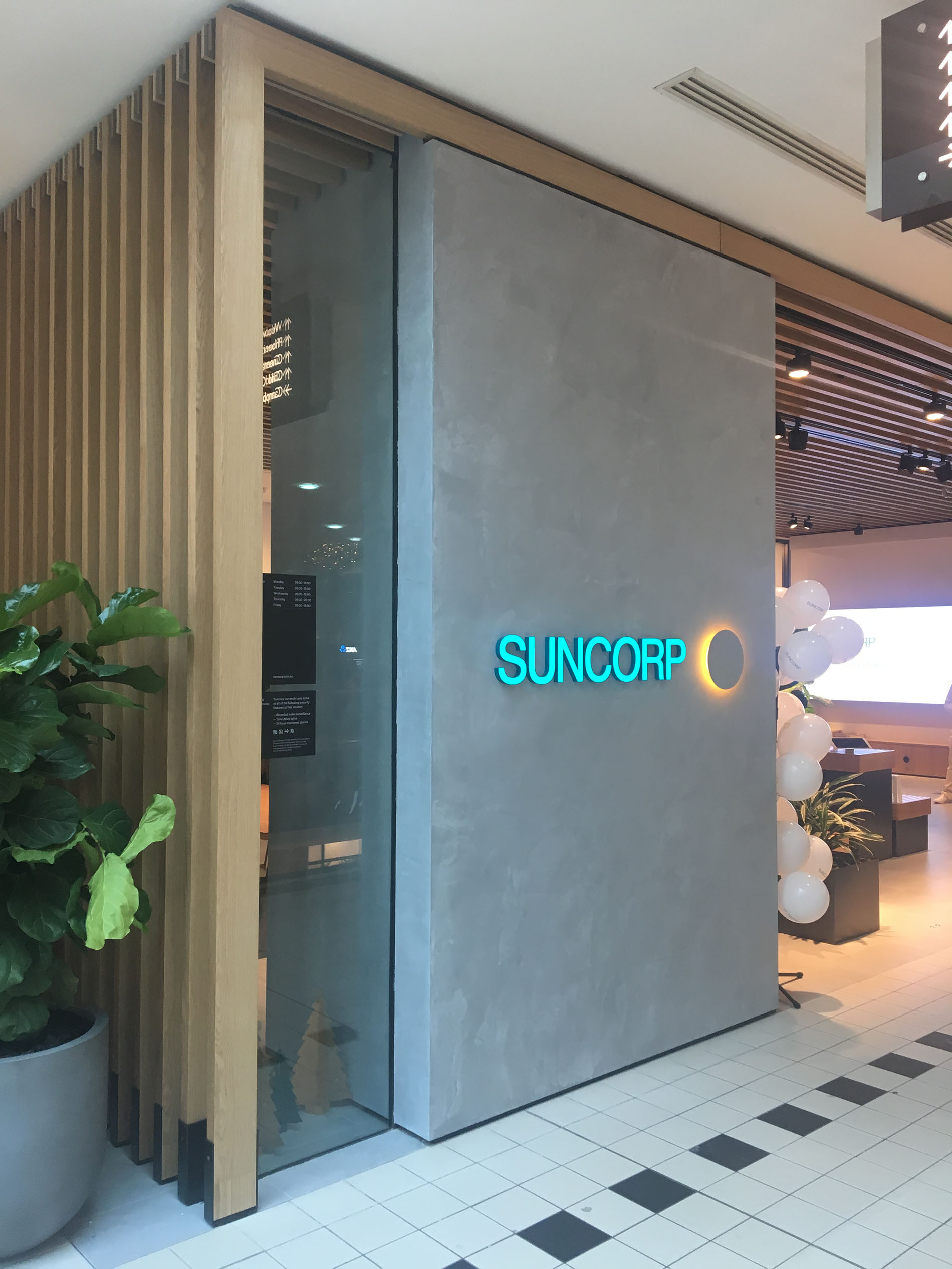When considering building a successful shopping operation, designing an inviting and functional space is essential. Retail designs encompass the layout and setup of a shop, changing an bare structure into a engaging setting that attracts customers and improves their shopping journey. This activity is not just about aesthetics; it holds a crucial role in brand representation, customer engagement, and at last, sales performance. As consumer expectations develop, recognizing the value of a thoughtful retail fit-out can distinguish your company above in a challenging market.
Within this definitive manual to retail fit-out essentials, we will discuss each facet of the fit-out process, ranging from the beginning concept to the final touches. Whether you are starting a new project or updating an current locale, this manual will provide invaluable guidance into design concepts, budgeting, project management, and the latest movements defining the retail sector. With the correct understanding and tactics, you can develop a retail setting that not only meets the current demands but also prepares for the coming of retail.
Comprehending Store Interior Designs

Store fit-outs refer to the complete process of planning and constructing the interior space of a store store to meet the brand's specific needs and customer demands. This entails changing an vacant or current space into a functional and appealing environment where items can be displayed and sold successfully. The value of a retail fit-out cannot be ignored, as it significantly influences how customers view the brand and their entire shopping experience.
A well-executed retail fit-out goes beyond mere aesthetics; it includes intentional design and planning to improve customer engagement and drive sales. https://parrish-roach-2.mdwrite.net/case-analyses-notable-retail-fit-outs-around-the-world as store layout, lighting, and product placement are diligently taken into account to create an comfortable atmosphere that promotes foot traffic and browsing. By focusing on these aspects, retailers can greatly improve customer interaction and satisfaction, ultimately leading to increased sales.
In recent years, the landscape of retail fit-outs has changed with emerging trends and technologies. Retailers are now focusing on sustainability and innovation in their designs, reflecting a rising consumer preference for eco-friendly and technology-driven environments. Knowing the details of retail fit-outs not just equips business owners with the knowledge to execute efficient designs but also prepares them to adjust to an constantly evolving retail environment.
Improving Your Store Layout
When it comes to optimizing your shop design, comprehending shopper flow is essential. Study how shoppers navigate through your environment, recognizing key areas where they linger or rapidly pass through. Use this information to influence your layout, situating high-demand products in easily accessible locations to boost visibility. Additionally, think about the placement of aisles, checkout counters, and product displays to create an inviting atmosphere that fosters exploration and boosts dwell time.
Adding effective signage into your scheme can also significantly enhance customer experience. Clear and eye-catching signs help guide shoppers through your shop, highlighting promotions and guiding them to key product areas. Utilizing digital displays or interactive screens can further engage customers, providing them with additional details and enhancing their shopping journey. The goal is to make sure that customers feel invited and informed, making it easier for them to make shopping decisions.
Furthermore, lighting plays a pivotal role in your store layout optimization. The correct lighting can create ambiance, highlight products, and even influence customers' mood. Soft, warm lighting can make a space feel cozy and inviting, while brighter lights can invigorate a shop. Take into account using accent lighting to spotlight particular products or areas, boosting their appeal. A well-thought-out lighting strategy will not only improve the appearance of your shop but also increase overall customer satisfaction and sales.
Controlling Expenses and Sustainability
In the present retail sector, managing expenses while integrating sustainability has become crucial for success in business. One efficient approach is to emphasize energy-saving solutions during the planning stage of your retail setup. Using light-emitting diode lighting and energy-efficient HVAC systems can considerably reduce overall operational costs. Additionally, sourcing materials that have a reduced environmental impact can contribute to financial benefits and attract the growing number of consumers who value sustainable practices.
Another point to consider is the opportunity for public funding for businesses that implement green practices. Many regions offer tax breaks, grants, or rebates for enhancing energy efficiency or using sustainable materials. Researching regional and national programs can provide financial assistance while solidifying your commitment to eco-friendliness. This active approach not only alleviates some of the early expenses associated with a retail installation but also situates your brand positively in a market that progressively recognizes social responsibility.
Partnership with suppliers and contractors who exhibit a focus to sustainability can expedite your fit-out method while maintaining financial constraints. By choosing partners who are experts in eco-friendly designs and materials, you can utilize their expertise to increase both financial efficiency and environmental stewardship. This collaboration can lead to creative ideas that elevate the overall customer satisfaction while ensuring the project financially viable, guaranteeing your retail environment is both appealing and responsible.
